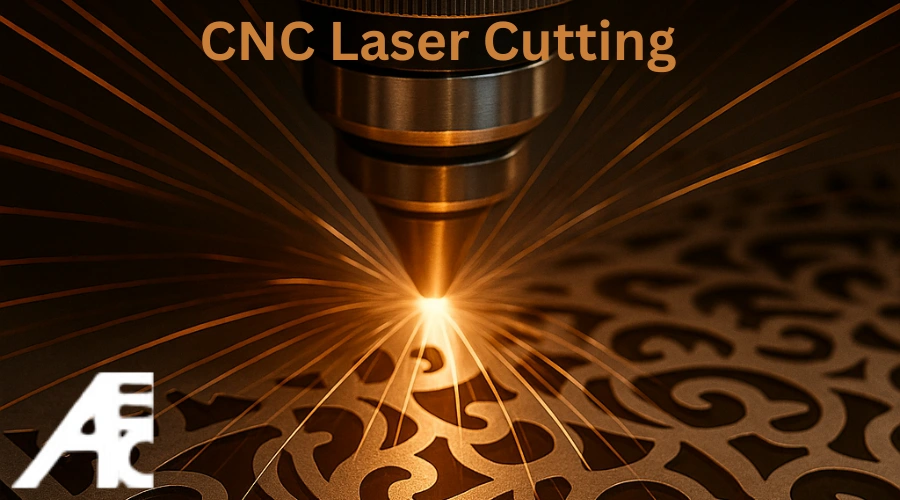In today’s fast paced and precision driven manufacturing world, CNC laser cutting has emerged as one of the most advanced and preferred methods for cutting various materials ranging from metals and plastics to wood and acrylic. Compared to traditional cutting methods like mechanical sawing, drilling, or plasma cutting, CNC laser cutting offers numerous advantages that improve productivity, accuracy, and overall product quality.
Whether you’re a manufacturer, fabricator, or custom design professional, understanding the benefits of CNC laser cutting can help you make better decisions for your operations. Below, we explore the top 10 advantages of CNC laser cutting over traditional methods.
Unmatched Precision and Accuracy
One of the biggest advantages of CNC laser cutting is its exceptional precision. Laser cutters can achieve tolerances as tight as ±0.1 mm, which is far superior to most conventional methods. This makes them ideal for high-precision industries like aerospace, medical, and electronics, where every millimetre matters.
Versatility across Materials
CNC laser cutting works effectively on a wide range of materials, including:
- Stainless Steel
- Mild Steel
- Aluminium
- Brass and Copper
- Acrylic
- MDF and Wood
- Plastic and Composites
This versatility means you can use a single machine for multiple applications, reducing equipment costs and simplifying production processes.
Clean and Smooth Edges
Traditional cutting often results in burrs, jagged edges, or tool marks, which require additional finishing. In contrast, laser cutting produces smooth and clean edges with minimal or no post-processing. This is particularly important for industries like signage, jewellery, and decorative panels, where the final finish is crucial.
Minimal Material Waste
Laser cutting uses a narrow beam, resulting in a very small kerf width (the width of material removed during cutting). This allows for tight nesting of parts, which minimizes material wastage and optimizes sheet usage. Over time, this can lead to significant cost savings—especially with expensive raw materials.
Non-Contact Process
Unlike mechanical cutting tools, a laser beam doesn’t touch the material directly. This non-contact cutting means:
- No tool wear
- No material distortion
- Reduced risk of contamination
- Less mechanical stress on the work piece
This feature is especially beneficial for delicate or thin materials that can warp or get damaged through traditional methods.
High Level of Automation
CNC laser cutting machines are computer-controlled, allowing for automation of complex cuts and repeat jobs with high consistency. CAD files can be directly uploaded, and the machine can execute the job with minimal human intervention. This reduces human error and boosts overall productivity.
Lower Maintenance Costs
Traditional cutting machines require frequent tool changes, sharpening, and calibration. With CNC laser cutting, there are fewer moving parts and no blades or cutting edges to maintain. This leads to lower maintenance costs, less downtime, and longer equipment lifespan.
Intricate Design Capability
Laser cutters excel at creating intricate and complex designs, which would be difficult or impossible with conventional tools. Whether it’s delicate patterns, sharp angles, or tiny holes, CNC laser cutting enables manufacturers to push creative boundaries without compromising on quality.
This is particularly useful in industries like architectural metalwork, decorative screens, prototyping and custom fabrication.
Environmentally Friendly
CNC laser cutting contributes to sustainability in several ways:
- Reduces material waste
- Minimizes energy use with efficient laser sources
- Eliminates need for coolants or lubricants
- Decreases scrap rate due to precision cutting
In addition, many modern machines are designed with energy-saving technologies, helping companies reduce their carbon footprint and comply with environmental standards.
The shift from traditional cutting methods to CNC laser cutting is a reflection of the growing demand for speed, accuracy, and efficiency in modern manufacturing. Whether you are cutting sheet metal for automotive components or creating custom signage, CNC laser cutting offers a future-ready solution that combines performance and cost-effectiveness.

